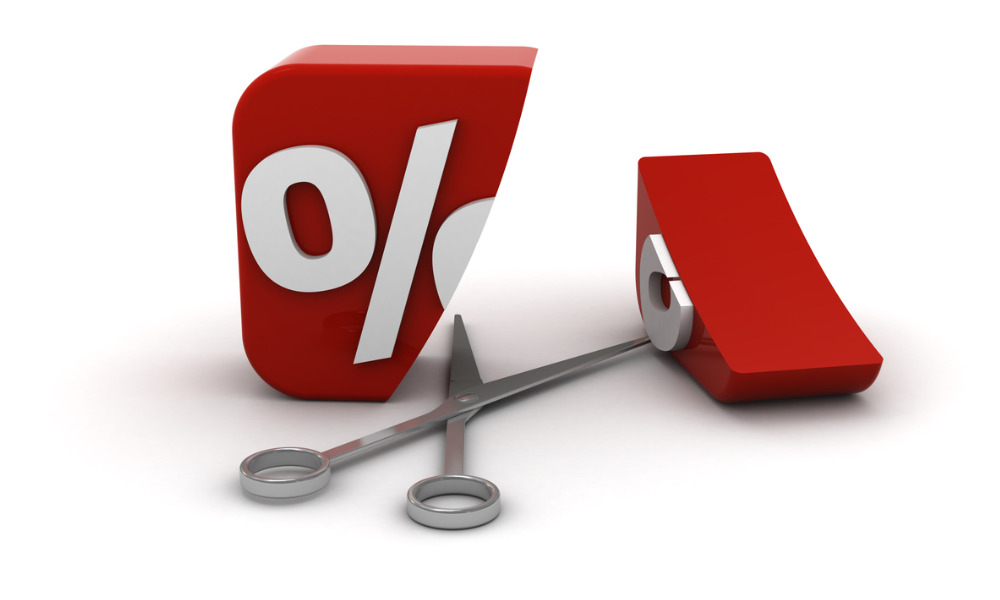

The euro retreated and stocks climbed as decelerating European inflation added fuel to broader rate-cut expectations that have spurred a global rally in assets this month.
The currency was trading 0.4% weaker versus the dollar after the pace of price growth in the region cooled more than expected. Ten-year bund yields were slightly lower after slipping as much as four basis points earlier as traders bet on an ever-earlier start to ECB interest-rate reductions next year. The Stoxx 600 index climbed 0.3%, adding to its best month since January.
Meanwhile, US Treasuries paused their November rally as traders awaited further signs on the timing of a possible pivot to rate cuts next year. Easing inflation and signs of a softer-than-expected slowdown in the US economy sent Treasuries, agency and mortgage debt to their best month since the 1980s — triggering a November bounce that pulled along assets from stocks to credit to emerging markets.
Data due Thursday is forecast to show the Fed’s preferred inflation metric — the personal consumption expenditures price index — decelerated in October to the slowest annual rate since early 2021.
“Momentum on the other side of the pond is likely to remain bullish rates,” wrote Evelyne Gomez-Liechti, a multi-asset strategist at Mizuho International Plc in London. “The PCE inflation data for October is most likely going to echo what we already saw in the October CPI and PPI reports and add to the soft-landing narrative.”
Euro-zone consumer prices rose 2.4% from a year ago in November, less than the estimates of all economists in a Bloomberg poll. The numbers came after French data showed the economy shrank by 0.1% and inflation eased.
Markets now show a quarter-point reduction in ECB rates is fully priced by April, even after policymakers warned that borrowing costs will remain elevated for an extended period.
US data on Wednesday provided support for a soft landing for the US economy. Economic activity slowed in recent weeks as consumers pulled back on discretionary spending, the Fed said in its latest “Beige Book.” Gross domestic product rose at the fastest pace in nearly two years, while consumer spending advanced at a less-robust rate.
Now traders are looking to a speech by Fed Chair Jerome Powell on Friday.
The litmus test would be “whether or not Powell reinforces the dovish messages” of other Fed speakers this week, George Bory, chief investment strategist for fixed income at Allspring Global Investments LLC, told Bloomberg TV. “We think the market is getting a little ahead of itself certainly in the front-end of the curve.”
Elsewhere, China’s equities have emerged as an outlier amid the global rally this month on concerns about the growth outlook, with a report Thursday showing the nation’s manufacturing and services sectors shrank in November.
Oil rose for a third day as traders count down to a key meeting that will see OPEC+ set output policy into the new year. Gold was little changed after a five-day rally. Bitcoin hovered near the $38,000-mark.
Key events this week:
Some of the main moves in markets:
Stocks
Currencies
Cryptocurrencies
Bonds
Commodities
This story was produced with the assistance of Bloomberg Automation.

Relationships are key to our business but advisors are often slow to engage in specific activities designed to foster them.

Whichever path you go down, act now while you're still in control.

Pro-bitcoin professionals, however, say the cryptocurrency has ushered in change.

“LPL has evolved significantly over the last decade and still wants to scale up,” says one industry executive.

Survey findings from the Nationwide Retirement Institute offers pearls of planning wisdom from 60- to 65-year-olds, as well as insights into concerns.
Streamline your outreach with Aidentified's AI-driven solutions
This season’s market volatility: Positioning for rate relief, income growth and the AI rebound
